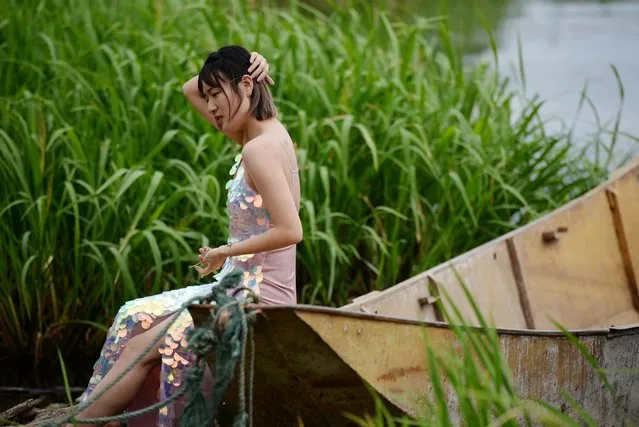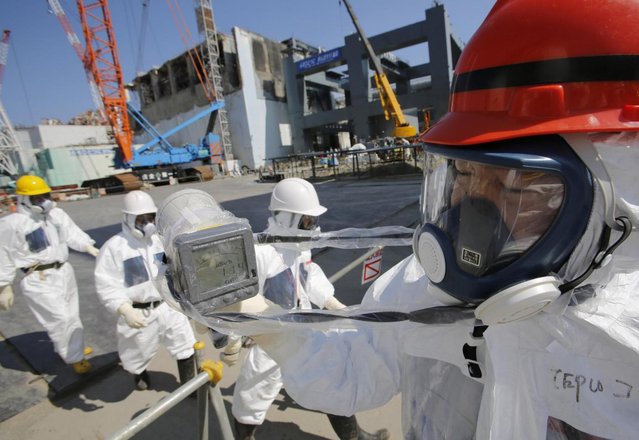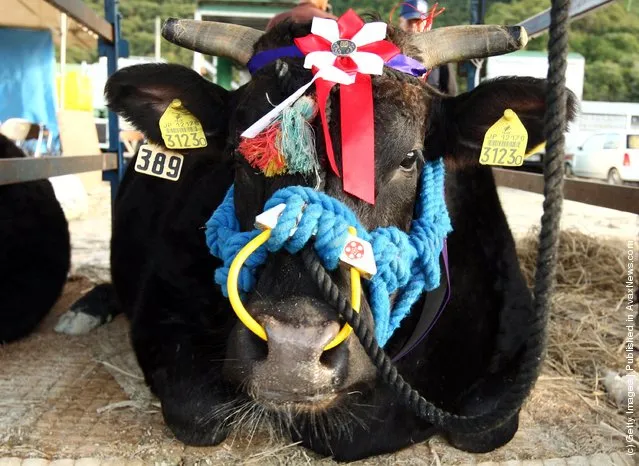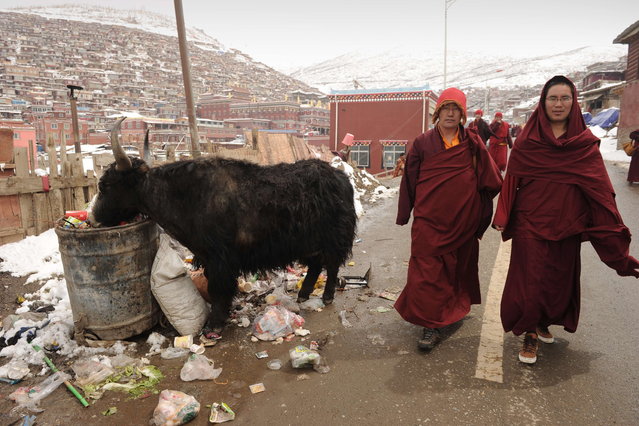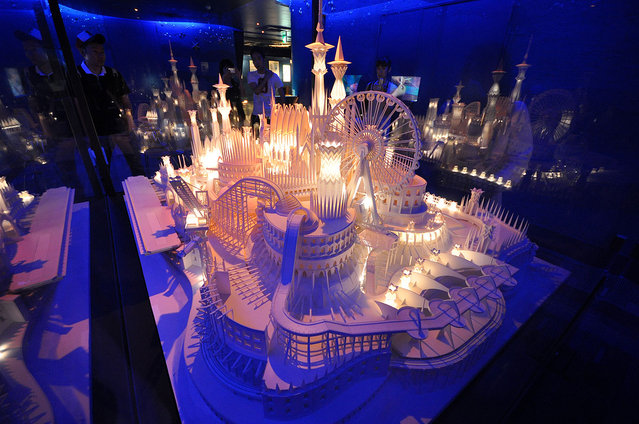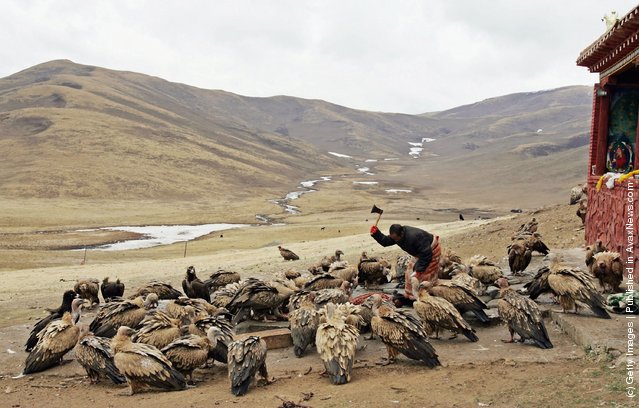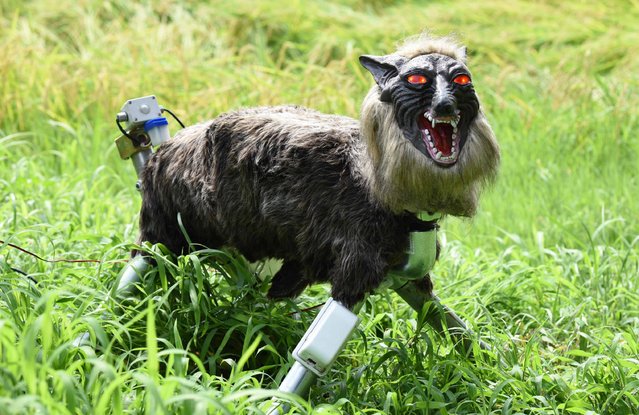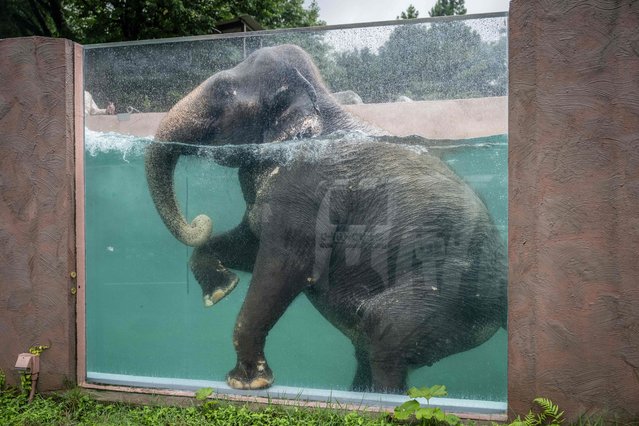
An Asian elephant swims in a pool with transparent sides at Fuji Safari Park in Susono city of Shizuoka Prefecture on August 8, 2024. Paddling with chunky legs and using their trunks as a snorkel, the elephants at Fuji Safari Park in Japan are taking a dip in their summer swimming pool – with each graceful movement visible thanks to a special see-through tank. (Photo by Yuichi Yamazaki/AFP Photo)
06 Dec 2025 03:10:00,post received
0 comments

